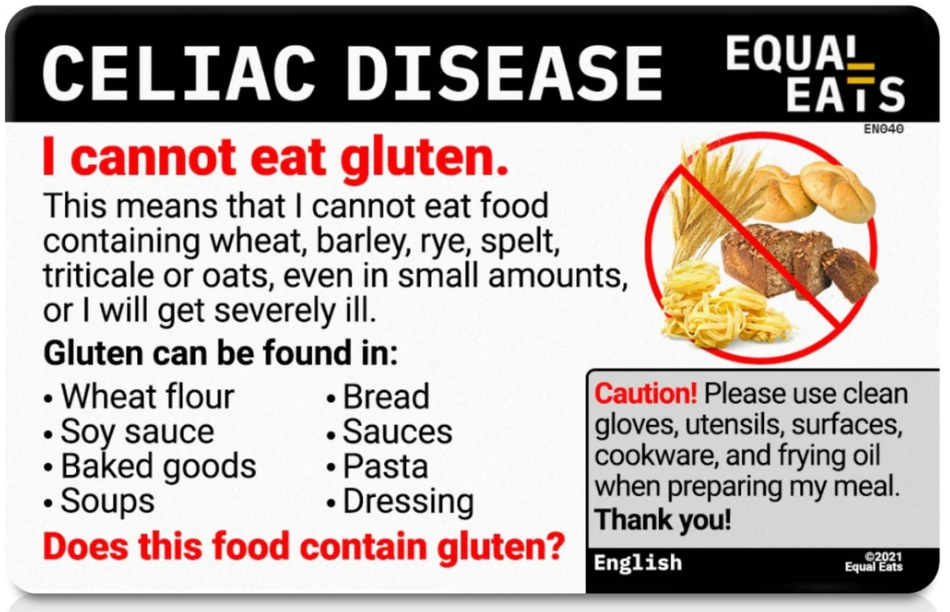Eating Gluten Free in Italy
Great news!!! Italy was one of the easiest places to enjoy food as a celiac. Italy has made considerable efforts to cater to individuals following gluten-free diets by adapting its regional cuisine. Italians are known for their awareness of the link between health and food, which has led to the modification of traditional dishes to be gluten-free. Despite gluten being a prevalent ingredient in many traditional Italian meals and sweets, Italy offers a variety of options for those seeking delicious gluten-free foods. Why? In a 2017 report by the Italian government noted that celiac disease diagnoses in Italy increased by 57,899 from 2012 to 2017, with an average of 10,000 new cases diagnosed per year. Plus, 1% of Italians are celiacs. As a result, there is a lot of gluten free options in Italy!
Knowledge and care go way beyond that. In Italy, children are routinely screened for celiac disease as soon as they develop symptoms that match celiac disease. Even more, Celiacs in Italy get a government subsidy for gluten-free food, too, like in some other countries.
Per a New York Times piece on celiacs in Italy:
In Italy, not being able to stomach wheat is more than an inconvenience or fad diet. “It’s a tragedy for Italians,” said Susanna Neuhold, the AiC’s manager of food programs. “Food in Italy is the center of social life and relationships with people. For someone who can’t go out with their friends or to a work meeting at a restaurant, it’s a very big problem, psychologically and socially.” That resonance has translated to an institutional empathy that might shock Americans.
In addition, alternative flours are prevalent in Italy as well. Chickpea and chestnut flours have been part of Italian cuisine for centuries. In the nineteenth century, an Italian agronomist noted about Tuscany that “the fruit of the chestnut tree is practically the sole subsistence of our highlanders” (Targioni-Tozzetti, pub. 1802, Volume 3: 154). And in the twentieth century, Adam Maurizio, who wrote a seminal book on the history of edible vegetables in 1932 (called L’histoire de l’alimentation végétale depuis la préhistoire jusqu’à nos jours, for those inclined) discussed chestnut trees as being available not just for the fruit of the tree, but also for making into bread when grinding that fruit into flour. Unlike in North America, where these new flours are trendy but not firmly braided into our history, Italians have been using ground corn, chestnuts and chickpeas as substitutes for hundreds of years.
So how do you order these gluten free meals? There are many Gluten-Free Restaurant Cards translated in Italian and other countries. https://equaleats.com/products/italian-celiac-disease-card. You show it to your server at every meal! I would also suggest you download Google Translate as well too to help you converse back and forth.
For factory tours, racetrack adventures, museum tours, stops at the most sumptuous restaurants, and a breathlessly complete, luxurious experience of the Italian countryside — all through the lens of fellow car enthusiasts — Motorsport Labs is your go-to guide to take in not only this work of art but also works of art made by Pagani, Lamborghini, Ducati, Porsche, Bentley, BMW, Mercedes and more.

